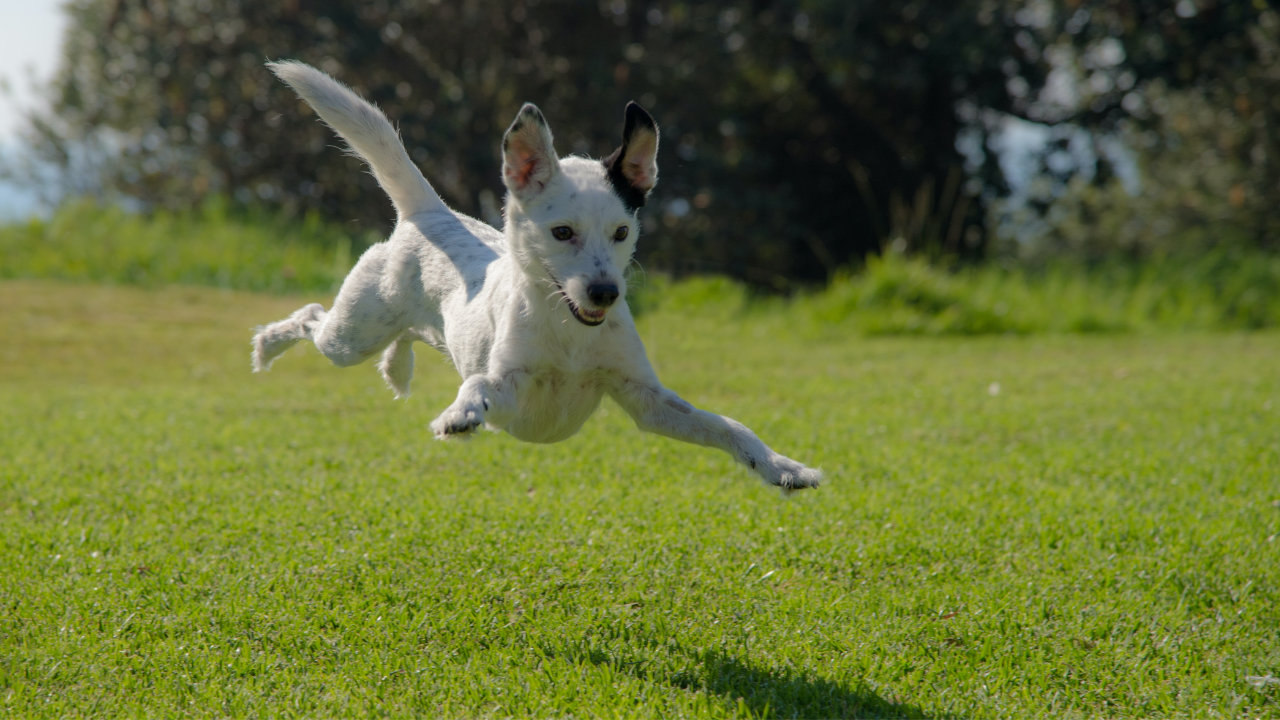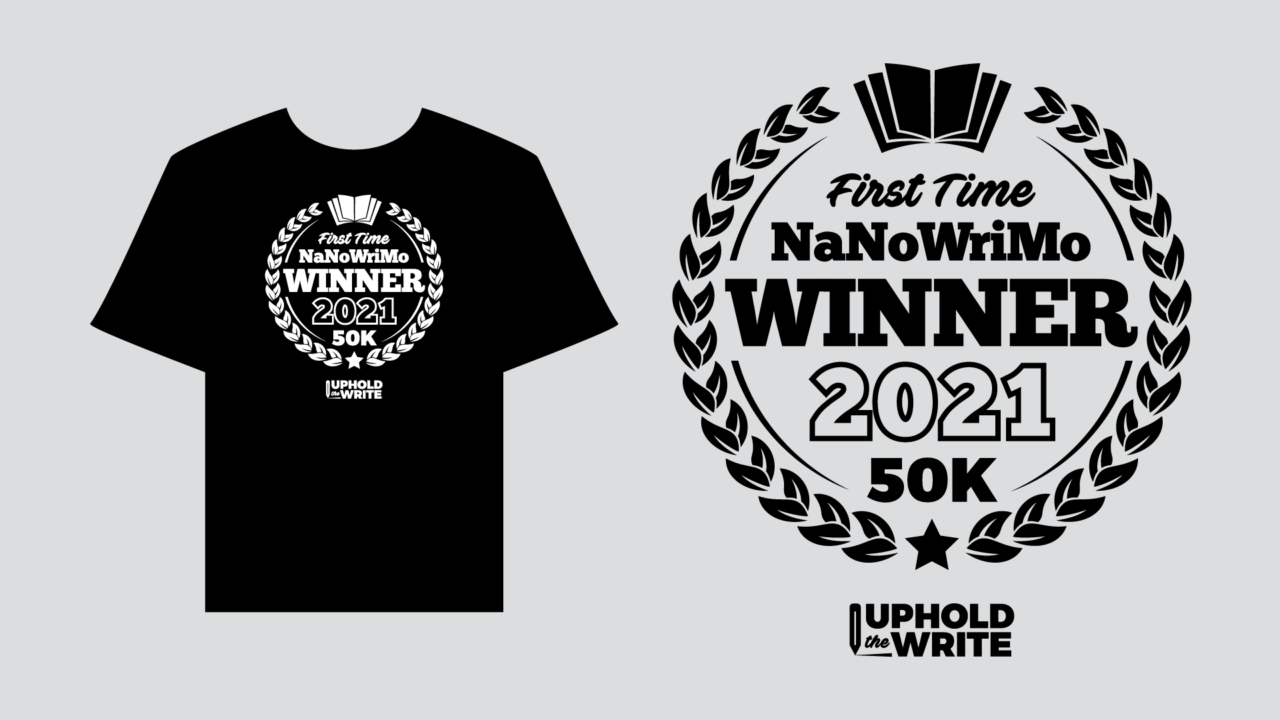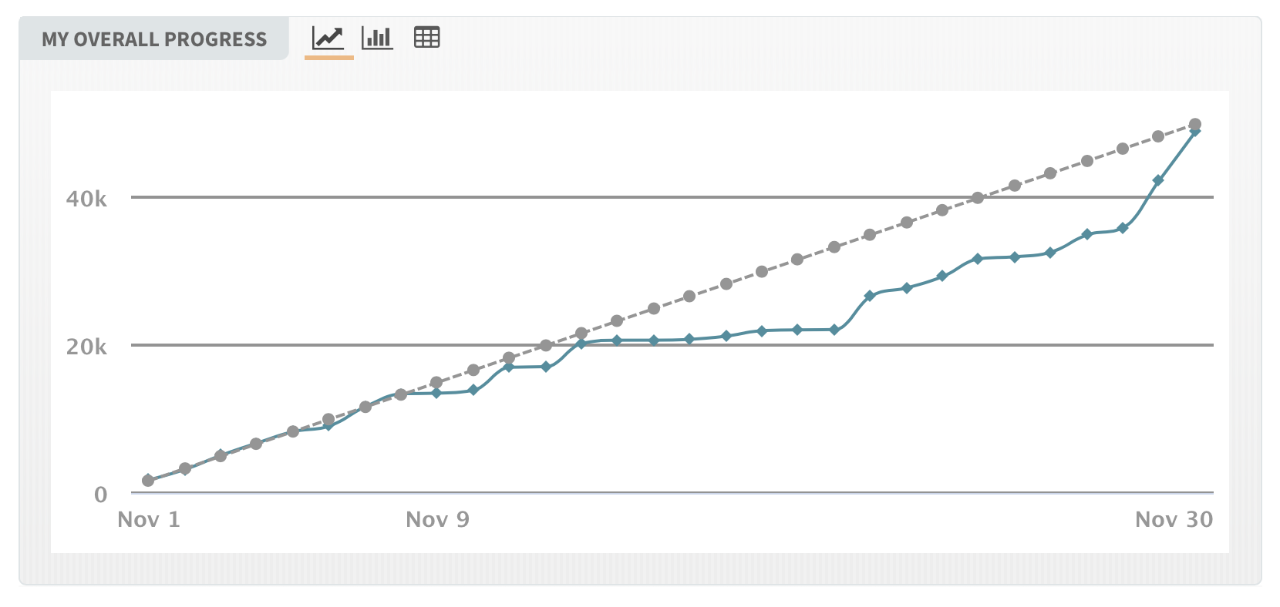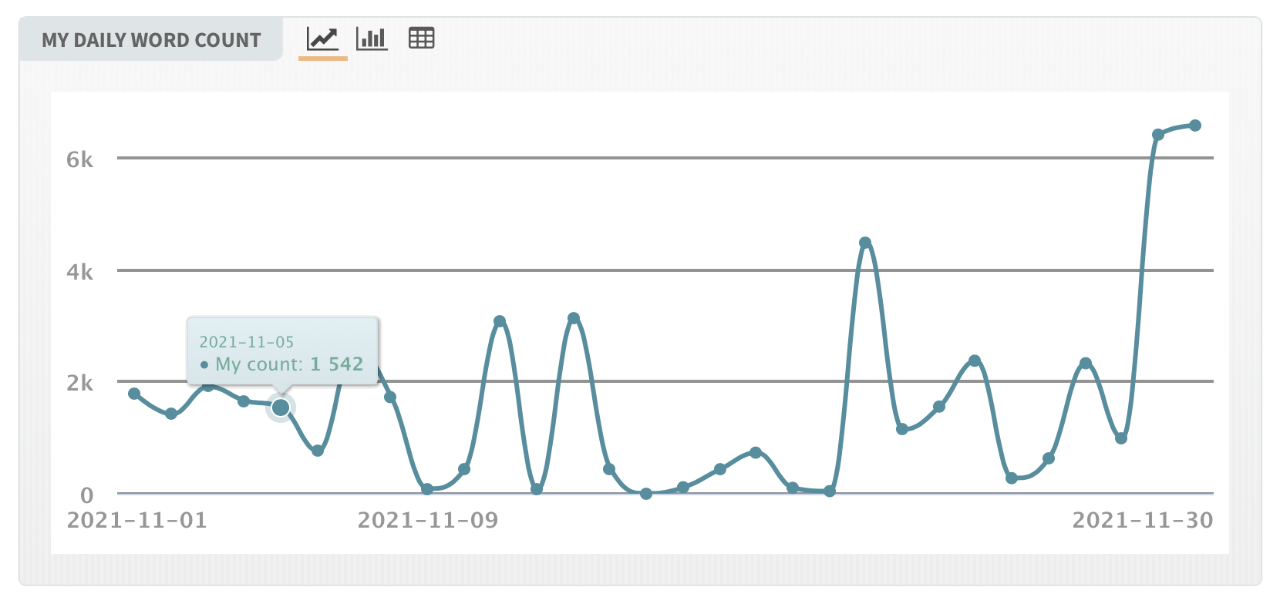
Chasing the Goalpost
Last year’s NaNoWriMo success emboldened me. My goal of 25,000 words may sound modest, but for me, it was daunting. Lo and behold, I persevered and won! That story was tentatively titled The Ballad of Reginald Rosy. It has not been edited and desperately needs a shot of adrenaline. Nothing exciting happens in it. Still, the draft is complete. Success!
This year, I decided to go for the whole enchilada: 50,000 words. No excuses, barely an outline, and no reservations. My determination to succeed “for real” bled over into my graphic design work. I created my own t-shirt for the inevitable victory. It was presumptuous, but I couldn’t help myself.

For NaNoWriMo 2021, I began writing a children’s fantasy-adventure titled The Colors of Magenta.
Synopsis
Magenta is a shepherdess, and a darn good one to boot, but keeping track of her younger sister Azalea is no easy task. One rainy day, Magenta’s world is turned upside-down when Azalea gets caught in a helium storm and floats away into the clouds. Magenta takes to the skies in pursuit, little knowing what wonders and perils await her: a castle in the clouds, trees that can walk and talk, a princess with a heart of ice, and a maniacal witch who can steal people’s faces! This is an adventure that will challenge Magenta’s will and test her courage–revealing her true colors by the journey’s end.
With only that blurb to guide me, I wrote like a fiend. Each day’s 1,667 words flowed with ease—at least in the beginning. Toward the middle of the month, when I hit 20,000 words, I fell into a slump. Chapter breaks became murky. Manic energy alone could no longer sustain the story.
Desperate, I began to pilfer ideas from my other short stories. These belonged to stories that had stalled out for one reason or another. Oddly, when transposed into Magenta’s story, they seemed like a natural fit. The slump gradually leveled off and I got my groove back. Well, mostly. Meeting the daily goal still eluded me, but I really enjoyed what I was writing.
Finally, on the eve of Nov. 30, I found myself 7,000 words short. If I could average a thousand words an hour, I could conceivably finish before the stroke of midnight. My mom stayed over that night to help us with Olivia Noelle—our baby’s a real handful (or three). After dinner, while the ladies watched Netflix in the living room, I stole away to the bedroom to concentrate. Olivia was asleep in her crib. I typed quietly. My fingers felt like hot dogs slapping the keys as the hours zipped past. Nine o’clock neared and I began to sweat.
By 10 p.m., my laptop battery needed a recharge. I left the bedroom and seated myself at the dining room table. More typing, more sweating. Then 11:45 p.m. rolled around. How did that happen? A thousand words still taunted me. I pressed on, determined to shatter the laws of time and space by doing the impossible. Ahhh!
I updated my NaNoWriMo word count for the last time at 11:59 p.m. My tally was 49,010 words—990 words shy of victory. That was it. Game over. So much for the t-shirt.
The rise and fall of my productivity has been preserved in these handy graphs. The slump I mentioned is pretty evident.
Yes, this year’s challenge bested me. But I wrote some of my best work. I’m shocked by how enjoyable the story feels upon re-reading. It is rough in spots—really rough—but if you squint, the shape of a proper story comes into focus. Characters change and grow. Action rises and falls. The plot thickens.
The only catch—and it’s a big one—is that the story isn’t finished. No less than another fifteen-thousand words are required. Possibly more. I’m excited but daunted by the journey ahead. Still, I think I’ve learned a few things:
- In 2014, NaNoWriMo taught me that I need to have a goal in mind while writing. A handful of characters won’t cut it.
- In 2020, NaNoWriMo taught me that reaching the goal isn’t the same as telling a compelling story; it also taught me to focus on just one story.
So, what did I learn this year?
Write early and often. Make some outline notes and keep them handy. Borrow from your reservoir of broken dreams (unfinished works) when you lose your way. Finally, don’t be afraid if the goalpost moves. The goalpost is not the story.
With those lessons in mind, I shall write on!


